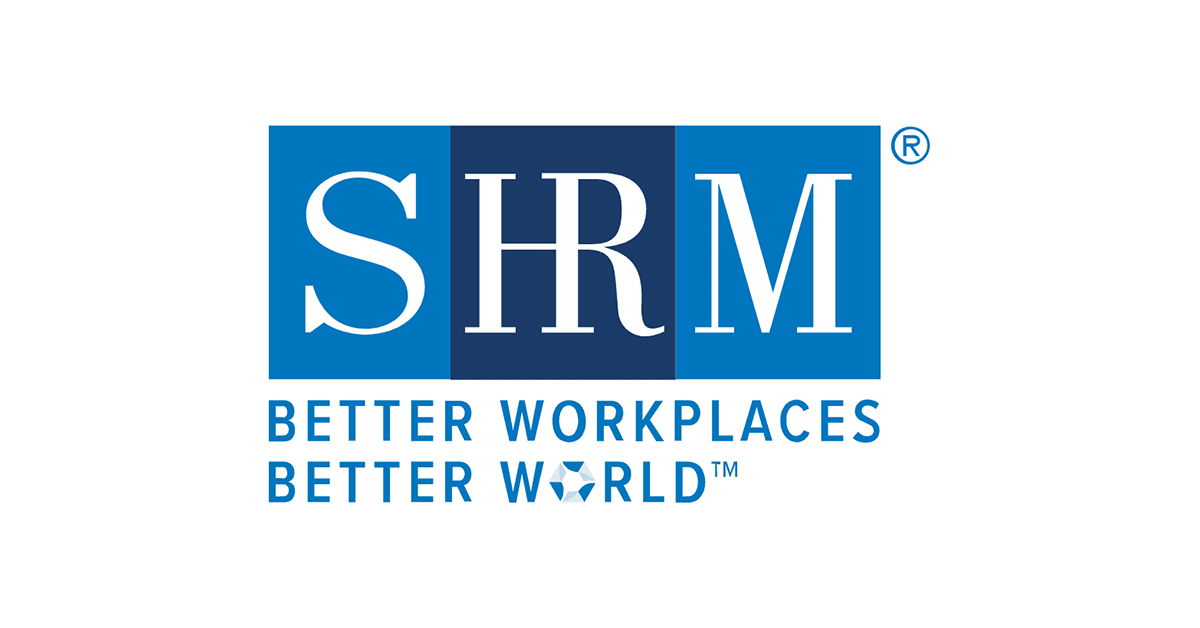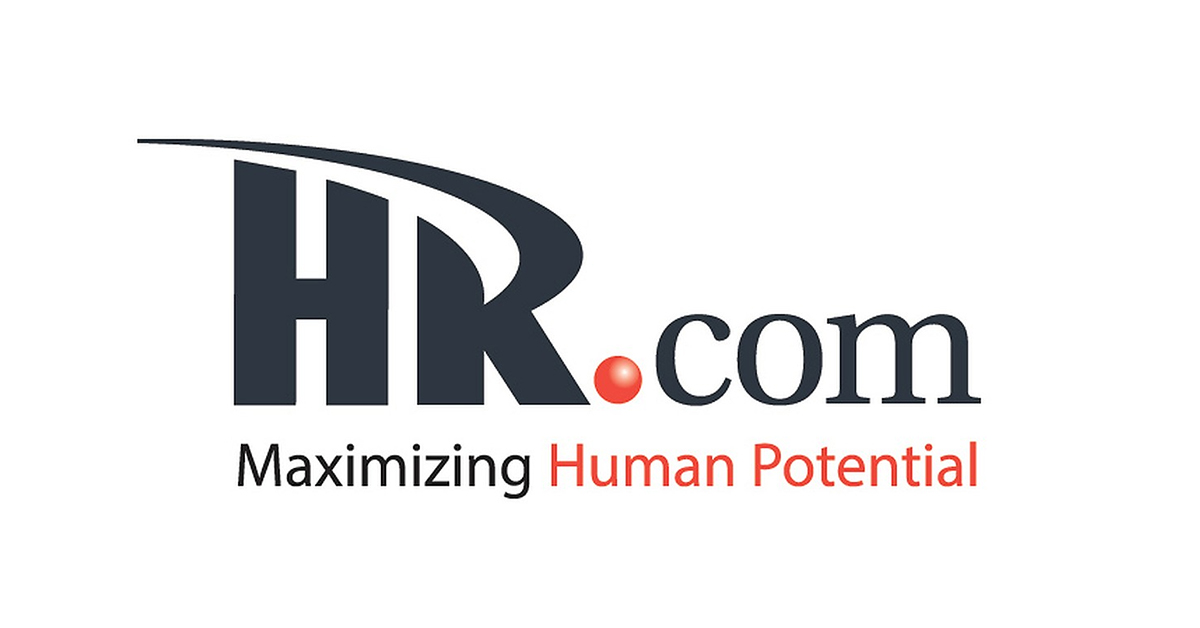It’s become commonplace: news reports of systemic abuse, harassment, bias, or discrimination bubbling up across nearly every industry. Open secrets are increasingly being stripped of their secrecy, and it’s made us realize just how rampant these situations—and the accompanying feelings of helplessness—are. This renewed societal focus on workplace power imbalances accentuates the fact that mistreatment can come in many different forms.
Gender bias in the workplace might not be as overt as in previous decades—with women’s roles once specifically designated for them, mainly in secretarial positions. But, unconscious gender bias shows that women are still viewed through a drastically different lens than men in the workplace. Women are far less likely to achieve leadership roles. The Pew Research Center’s 2018 report found that only 4.8% of Fortune 500 CEOs were women. Women who are in high-level roles are often punished or derided for being confident or authoritative. And employees with nonbinary gender identities are even further discriminated against, in ways and with repercussions that we’re still just discovering.
Implicit bias is something people of color also face far too frequently in the workplace. Monica Harwel, who is African-American, was the only person of color working with Con Edison crews, where she faced insults and an inability to advance in her role, despite being more experienced and better qualified than other applicants. “People had bets on me,” Harwell told CNNMoney, “they didn’t think I would make it.” Among major corporations LinkedIn, Google, and Intel, only Intel has a percentage of Black and LatinX employees that reaches double digits.
AARP The Magazine reports that three in five workers over 45 have experienced age discrimination at work. The study also found that one in four adults over 45 have heard negative comments about their age from a coworker or boss. As employees begin to work longer into their lives, ageism will undoubtedly become a more pressing issue.
Lead by the #MeToo movement, the prevalence of sexual harassment by people with authority—and in workplaces—has become more and more apparent. The reality that sexual harassment plagues offices and hierarchical systems across the world are only just sinking in. Studies on the topic have found that one in five U.S. adults have experienced sexual harassment at work and that 75% of all workplace harassment is undocumented and unreported.
These are just a few examples of common forms of workplace mistreatment. There are many other ways in which workers’ comfort, safety, and dignity can be subtly—or blatantly—stripped from them. In fact, as many as 78% of employees face some sort of unfair treatment at work. Awareness around these issues has increased recently, but awareness without action won’t lead to meaningful change.



